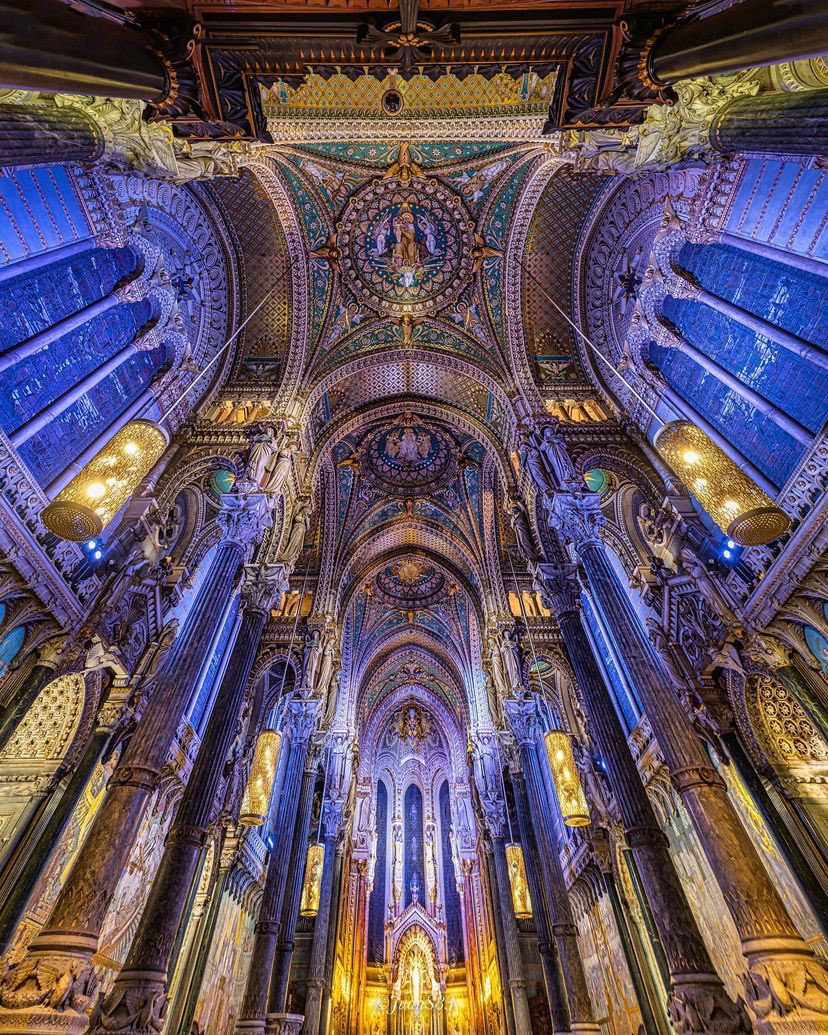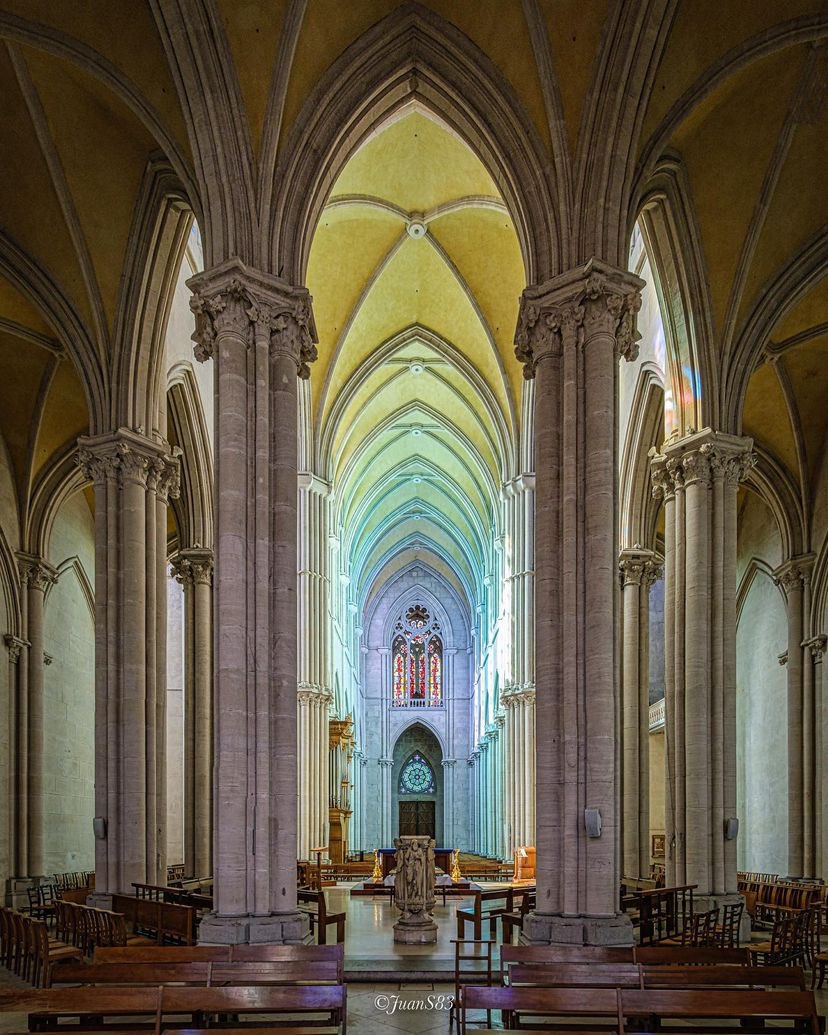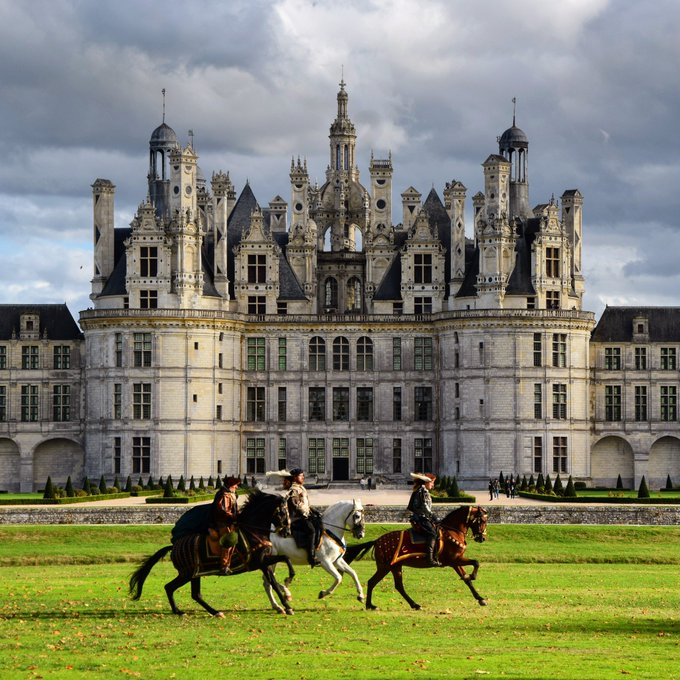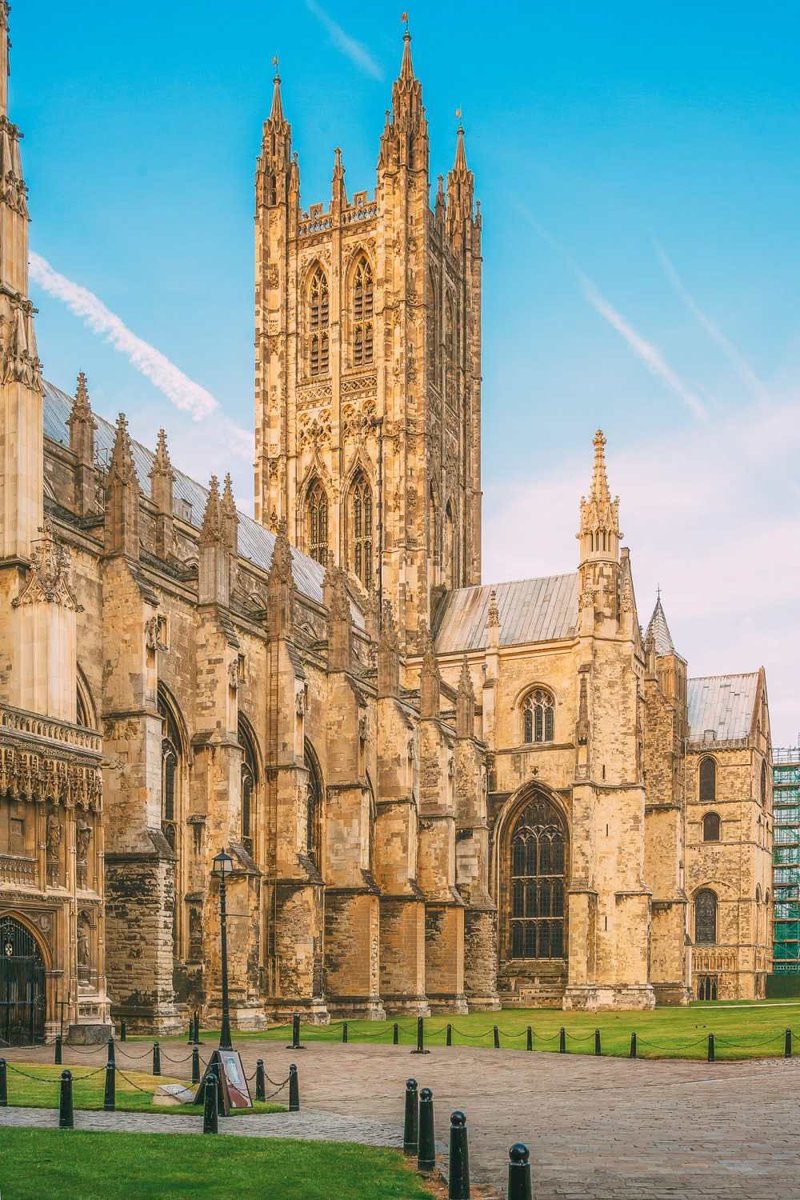France is renowned for its breathtaking cathedrals. Let’s take a look inside some of the most mesmerizing interiors 🧵
1. Notre Dame of Fourvière, Lyon
1. Notre Dame of Fourvière, Lyon

All photographs in this thread are credited to Juan Sánchez/juans83 (IG)
• • •
Missing some Tweet in this thread? You can try to
force a refresh







































































